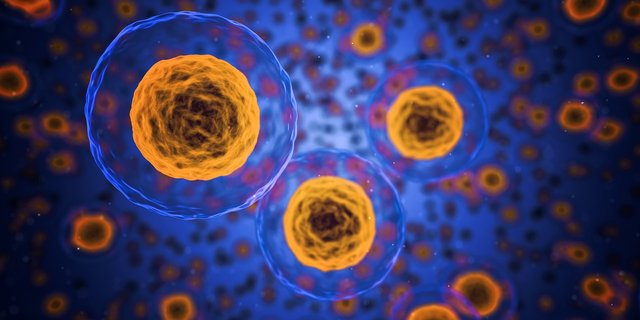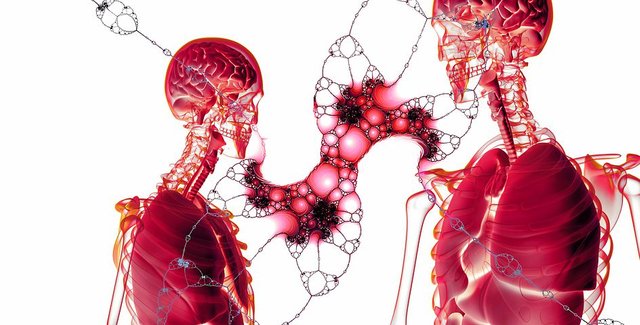A new study shows the use of cell reprogramming can result to muscle regeneration

Credits
This could open the door to new research and possible therapies for muscular diseases the result obtained in an experimentation on mice by Konrad Hochedlinger and colleagues of the Harvard Stem Cell Institute: the reprogramming of mature skin cells into immature muscle cells called induced myogenic progenitors ( IMPC). Prolonged to proliferate, iMPCs are able to produce a cell population that shares the same properties as skeletal muscle stem cells.
As described on "Stem Cell Reports", once transplanted into mice with wounds to the legs, the iMPCs were inserted correctly into the damaged tissue, helping to support muscle regeneration.

Credits
This new method developed by the authors overcomes some limitations of the protocols used so far. The main limitation is that it is difficult to keep the regenerating muscle cells known as satellite cells in culture, and the progenitor cells known as myoblasts, without losing their proliferative potential and transplant capacity. On the other hand, embryonic stem cells and induced pluripotent stem cells, obtained from mature stem cells, have yielded disappointing results in trials to obtain muscle tissue, due to the risk of tumors occurring after implantation.
To overcome these limitations, Hochedlinger and colleagues increased the expression of MyoD protein, which plays a crucial role in the differentiation of muscle cells, in mouse skin cells. Later the authors treated these cells with three different molecules, which act by improving cell reprogramming. The resulting cells, called iMPCs, were able to self-renew in the long term and expand on a large scale.
In addition, iMPCs retained the ability to produce mature muscle fibers that expressed markers of adult muscle cells and showed that they could contract vigorously. Finally, the transplanted iMPCs generated muscle fibers capable of supporting tissue regeneration in mice with leg injuries.
However, the authors are still wary of interpreting these encouraging results.
"Our iMPC cultures share several important features with stem cells and progenitor cells, but we do not yet know if these cell populations are actually equivalent," said Ori Bar-Nur researcher at Massachusetts General Hospital and Harvard University, co-author of the study.
Now the researchers' project is to investigate the process of cellular reprogramming at the molecular level and refine the experimental protocol to generate more homogeneous populations of stem cells and muscle progenitors, instead of mixtures containing mature muscle cells, as has been done up to now. In perspective, the intention is to verify whether this approach can work with human cells. If successful, cellular reprogramming could be used to study severely disabling diseases such as muscular dystrophy.
That looks interesting, although, the actual write up from the links provided looks much more complicated ..haha
Very interesting @afifa, always educating us, God bless you always.
Regards...
Congratulations @afifa! You have completed some achievement on Steemit and have been rewarded with new badge(s) :
Click on any badge to view your own Board of Honor on SteemitBoard.
To support your work, I also upvoted your post!
For more information about SteemitBoard, click here
If you no longer want to receive notifications, reply to this comment with the word
STOPYou've been upvoted by TeamMalaysia community. Do checkout other posts made by other TeamMalaysia authors at http://steemit.com/created/teammalaysia
To support the growth of TeamMalaysia Follow our upvotes by using steemauto.com and follow trail of @myach
Vote TeamMalaysia witness bitrocker2020 using this link vote for witness